5.3 Classification of Biodiversity
0.0(0)
Card Sorting
1/29
There's no tags or description
Looks like no tags are added yet.
Study Analytics
Name | Mastery | Learn | Test | Matching | Spaced |
|---|
No study sessions yet.
30 Terms
1
New cards
Taxonomy
the science of identifying, naming and grouping organisms based on their physical features
2
New cards
Who discovered the Binomial System of Classification
**G**enus + **s**pecies e.g Homo sapiens
Carolus Linnaeus
Carolus Linnaeus
3
New cards
What is the binomial system of classification
* a method of naming and classifying living organisms
* is a standardized naming system which allows all scientists to communicate effectively = important for understanding biodiversity
* is a standardized naming system which allows all scientists to communicate effectively = important for understanding biodiversity
4
New cards
Hierarchy of Taxa
“special games for our class produce krazy disasters”
Species
Genus
Family
Order
Class
Phylum
Kingdom
Domain
Species
Genus
Family
Order
Class
Phylum
Kingdom
Domain
5
New cards
Grey Wolf Taxon *Canis lupis*
S: *lupis*
G: *Canis*
F: Canidae
O: Carnivora
C: Mammalia
P: Chordata
K: Anamalia
D: Eukaryota
G: *Canis*
F: Canidae
O: Carnivora
C: Mammalia
P: Chordata
K: Anamalia
D: Eukaryota
6
New cards
Date Palm *Phoenix dactylifera*
S: *dactylifera*
G: *Phoenix*
F: Arecaceae
O: Palmales
C: Monocotyledoneae
P: Angiospermophyta
K: Plantae
D: Eukaryota
G: *Phoenix*
F: Arecaceae
O: Palmales
C: Monocotyledoneae
P: Angiospermophyta
K: Plantae
D: Eukaryota
7
New cards
Viruses
* don’t fall into any **domain**
* cannot produce outside of a host cell
* considered non living however don’t feed / grow like living things
\
* cannot produce outside of a host cell
* considered non living however don’t feed / grow like living things
\
8
New cards
3 Domains
Eukaryota
* Plantae, animalia, fungi, protista
Prokaryota
* Bacteria, archaea
Eubacteria
* Plantae, animalia, fungi, protista
Prokaryota
* Bacteria, archaea
Eubacteria
9
New cards
Natural Classification
* organisms that share a taxa and consists of evolved species
* have a common ancestry = share characteristics
* due to convergent evolution / adaptive radiation
* have a common ancestry = share characteristics
* due to convergent evolution / adaptive radiation
10
New cards
Reclassification
when species are reclassified after scientists have found out they have evolved from a different ancestry
e.g Aster flower has been split into 2 different species
e.g Aster flower has been split into 2 different species
11
New cards
Artificial Classification methods
* Alphabetical order
* human preference (taste / smell)
* Money’s worth
* Importance to industry
* human preference (taste / smell)
* Money’s worth
* Importance to industry
12
New cards
Natural Classification methods
* morphology
* DNA
* Diet
* Habitat
* DNA
* Diet
* Habitat
13
New cards
Why is natural classification more reliable than artificial classification?
* there is a greater understanding of the biosphere as naturally occurring rather than in terms of human objectives
* shows evolutionary links and common ancestory
* can predict the characteristics shared by group members
* shows evolutionary links and common ancestory
* can predict the characteristics shared by group members
14
New cards
Bryophyta (4)
1. w/o vascular ∴ smaller
2. no cuticles
3. no roots ∴ rhizoids anchor and absorb
4. reproduce via spores on stalks

15
New cards
Filicinopyta (4)
1. Vascular fern ∴ bigger (w stem, root, leaves)
2. woodly tissue ∴ taller
3. fibrous and rhizoid roots
4. reproduce via spores

16
New cards
Coniferophyta (4)
1. vascular systems ∴ bigger
2. gametes (pollen + fem ovules) but no flower, fruit or nuts
3. Fertilization doesn’t require water
4. Adaptations from arid enviro (tough leaves, thick cuticles, sunken stomata)
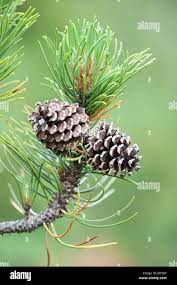
17
New cards
Angiospermata (4)
1. vascular ∴ bigger
2. gametes (pollen + fem ovules)
3. Fertilization doesn’t require water
4. Seed dispersion via production of fruits / nut
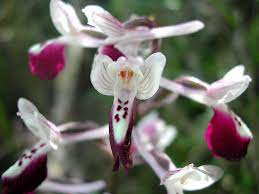
18
New cards
Vertebrate
Has a backbone e.g fish, mammal, reptiles, birds
19
New cards
Invertebrate
No backbone e.g snail, starfish, spider, slug
20
New cards
Porifera
1. invertebrate
2. is an aquatic sponge
3. no nervous / muscular systems
4. pumps water and filters out food to digest
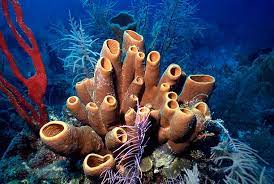
21
New cards
Cnidaria
1. invertebrate
2. jellyfish, sea anenomes, coral
3. sting their pray to capture
4. mouth eliminates waste
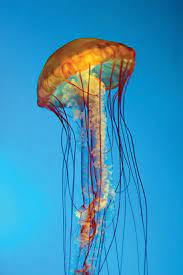
22
New cards
Platyhelminthes
1. invertebrate
2. marine / parasitic worms, tapeworms
3. bilateral symmetry
4. mouth and no anus

23
New cards
Annelid
1. invertebrate
2. segmented worms, leeches
3. bilateral symmetry
4. separate mouth and anus

24
New cards
Mollusca
1. invertebrates
2. slugs, snails, octopi
3. body has bilateral symmetry - not shell
4. separate mouth and anus
5. produce a shell for protection
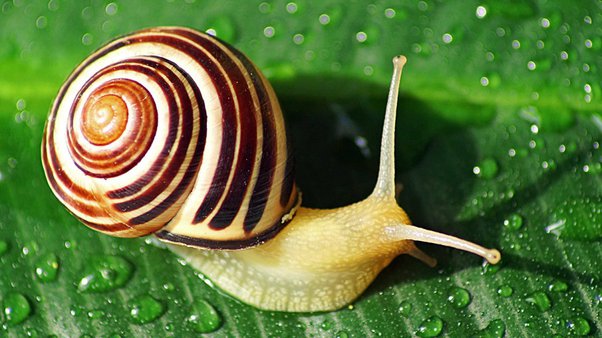
25
New cards
Arthropoda
1. invertebrate
2. insects and spiders
3. not all have bilateral symmetry
4. separate mouth and anus
5. jointed appendages
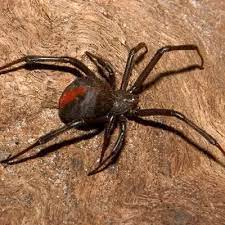
26
New cards
Mammalia
1. vertebrate class
2. endothermic (warm blooded)
3. produce milk for young
4. have fur
5. have mammary glands
27
New cards
Amphibia
1. vertebrate class
2. ectothermic (cold blooded)
3. permeable skin to absorb water
4. may undergo metamorphosis
5. lay eggs w/o shells
28
New cards
Ares
1. (birds) vertebrate class
2. mostly endothermic (warm blooded)
3. hollow bones to fly lightly
4. feathers
5. lay eggs with shells
29
New cards
Fish
1. vertebrate class
2. ectothermic (cold blooded)
3. fins, gills and scales
4. 3 classes (jawless, cartillage, bony)
30
New cards
Reptilia
1. vertebrate class
2. ectothermic (cold blooded)
3. scales
4. most lay eggs